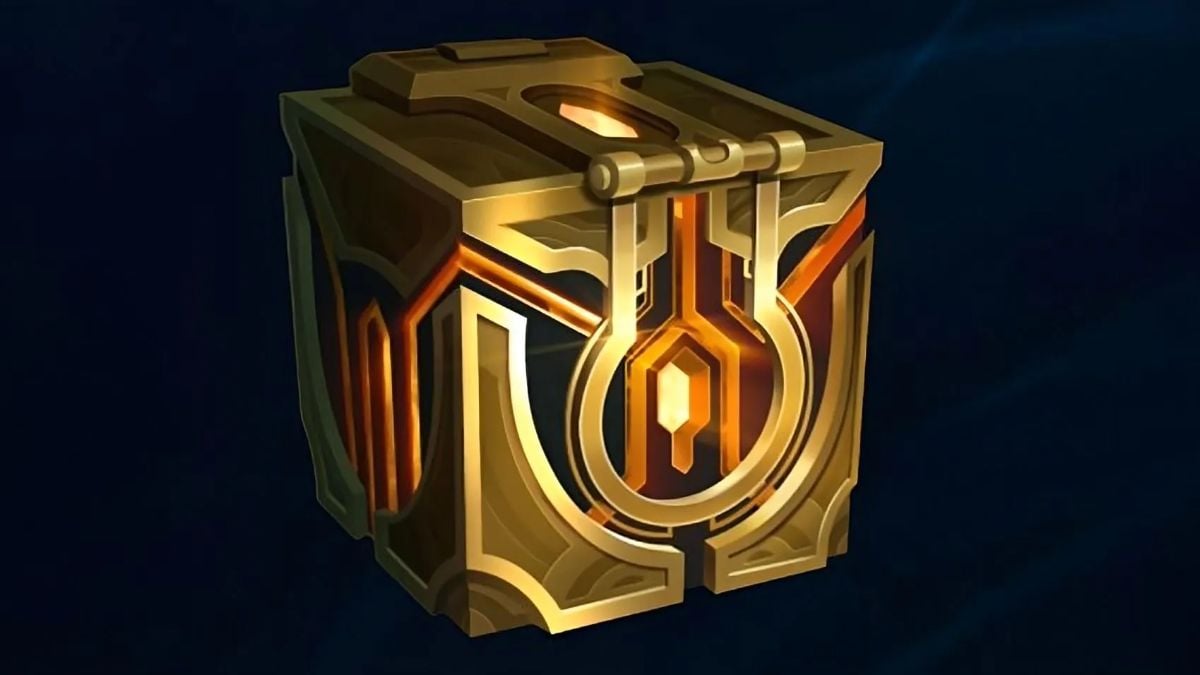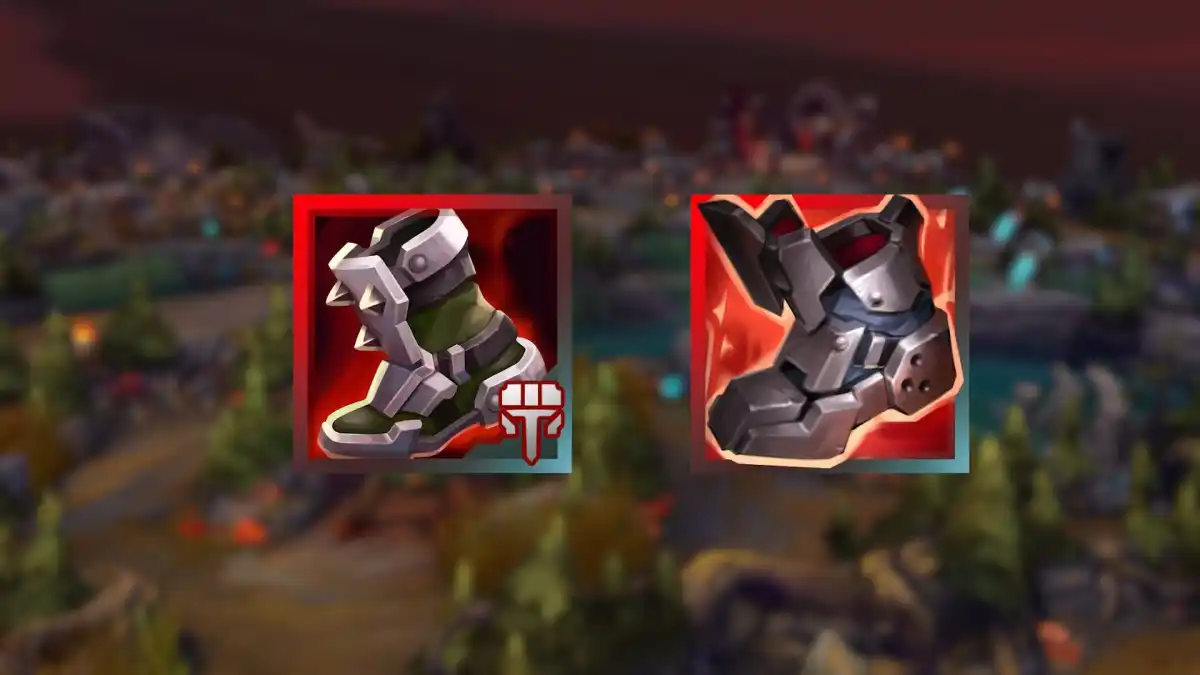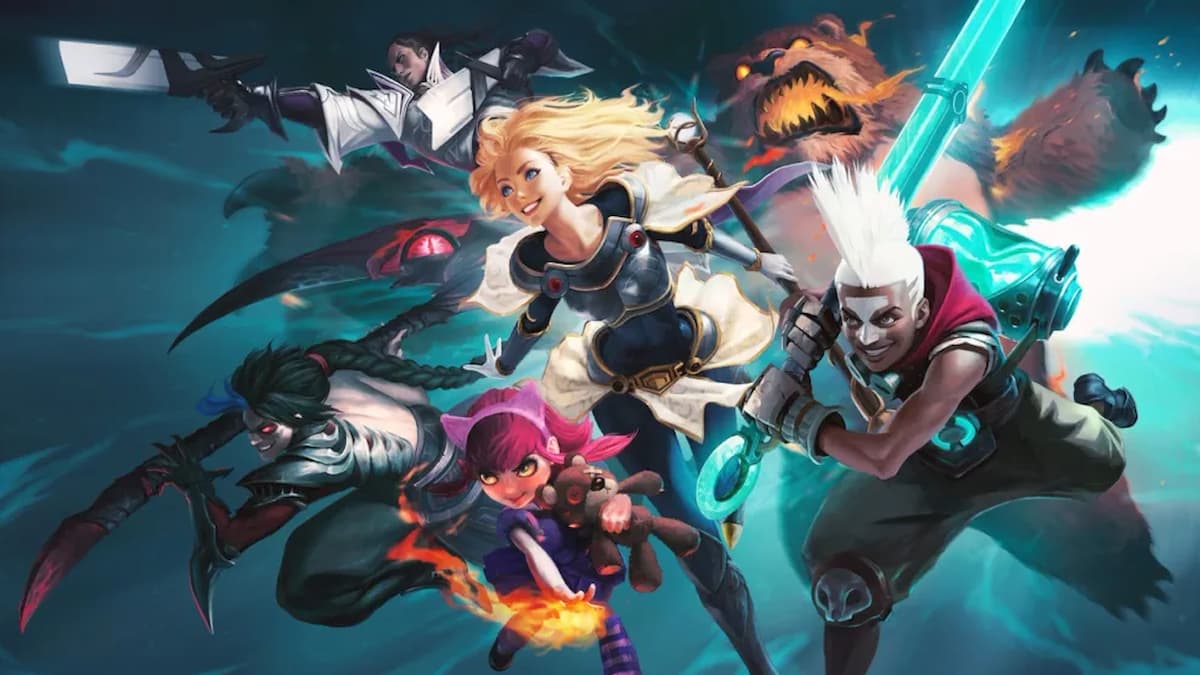League of Legends strategy has evolved a lot over its nine competitive seasons. Plays and concepts that seemed amazing back in the early seasons now seem ordinary. As teams have figured out how to play the map, objective setups and plays have become routine.
Just two years ago, we wrote an article to help teams and solo queue players figure how and when to take Baron Nashor. The article came after an NA LCS game between CLG and Phoenix1 that saw Baron throws from both teams. Now, in season nine, the issue isn’t so much securing Baron as it is knowing what to do with it.
Related: This is how you should secure Baron
Teams around the world routinely fumble their Baron sieges, taking down fewer objectives than they should. It’s an issue that plagues nearly every region, and it’s especially frustrating because of how much diligence and effort goes into securing Baron. Why waste all of that by funneling minion waves into the enemy team, which gives them more gold and experience?
Don’t do that. Read this guide for all you need to know about the basics of Baron macro.
The numbers

Before we get too far into it, we have to set up the scenario. This guide assumes that the Baron buff is available on all five players of the team and that all of the players on the other team are alive. If not, you would just run at their base with the buff and pillage. We’re also assuming the game time is between 25 to 35 minutes, because that’s when most games end.
Baron buff lasts for three-and-a-half minutes, but we’re going to assume that the team needs to recall and buy before getting back onto the map. It takes about a minute to get to the inner turrets, so that leaves under three minutes to do something with the buff, or about five minion waves.
That’s a lot of minions. And since we’re past 25 minutes, each of those waves will have a cannon minion—a crucial change made before season nine. And that doesn’t even count the minions that are already on the map when Baron is taken.
The point is, teams don’t have to rush this. Three minutes is a lot of time and a lot of minions to siege with. In fact, most errors happen when teams go too fast.
Lane allocations
The next part will depend on what team composition the Baron team has. If it’s a siege comp with long-range poke and a beefy frontline to peel, staying together as a five-man unit is acceptable. Mid lane is the priority, but otherwise, head to the lane with the largest stack of minions and build them into an unstoppable death ball.
But for most team compositions, the best way to ensure that multiple objectives fall is to split up. You only need one person near a wave to buff up all the minions, making them faster, tankier, and stronger. By splitting up into a 1-3-1 or 4-1 allocation, you can spread that buff to more minions in more lanes.
Splitting up has risks, though. You increase the likelihood that one of the lanes gets collapsed upon, or that you get flanked by a teleport. But that just means you need to have good vision and to play safe. Don’t fight unless you can see everyone on the enemy team and you know you’re going to win—otherwise just let the minions do their work. This is why in a lot of split scenarios, teams will have their jungler be one of the players away from the main squad—junglers are duelists, but they do tend to have a lot of mobility and the Baron buff is the same on them as it is on anyone else.
Timing
Now that you have your lane allocations correct, we have to talk about the issue: Timing. It doesn’t matter if you have Baron buff spread to all three lanes if your siege isn’t synced up between the three. Otherwise, the enemy team can just walk from lane to lane, clearing each minion wave as it shows up.
Last weekend’s LCS game between Team Liquid and OpTic Gaming was the perfect showcase of both good and bad Baron macro. Team Liquid killed the purple worm at just under 26 minutes in the game. At just under 27 minutes, they had reached the enemy inner turrets and were beginning to siege. In this scenario, with inner turrets so weak, Liquid’s goal should be to crack two inhibitors with the Baron buff.
Team Liquid started in a 4-1 orientation with top laner Jeong “Impact” Eon-yeong in the bot lane and the rest of the squad in mid lane. Impact had just taken the bot lane inner turret and ushered his wave into the inhibitor turret. But for reasons unknown, he then left his lane to rejoin the team mid, with jungler Jake “Xmithie” Puchero swapping to bot lane.
This was a small, but important, error. Because Impact left, the cannon minion he had been shepherding lost Baron buff and wandered under turret, where it was assassinated by OpTic bot laner Noh “Arrow” Dong-heon. With bot lane clear, Arrow rotated mid and helped erase that wave as well.
Remember, you get five waves with Baron. Just like that, Liquid lost the first one without significantly damaging either inhibitor turret. And they weren’t in real danger of a fight in the mid lane where they would have needed Impact’s Urgot. Unfortunately, this wasn’t the last mistake Liquid made.
Patience
Sending Xmithie to bot lane was a smart move, though. He was playing Kha’Zix, which meant he was basically immune to dying in a one-vs-one. And because his job is simply to babysit the wave, it didn’t matter that Kha’Zix is bad at sieging turrets.
Liquid did another smart thing by sending bot laner Yiliang “Doublelift” Peng to the top lane. They knew that OpTic didn’t have flank wards in the top side jungle because they swept that area before taking Baron. Doublelift took down the top inner turret and shoved the next enemy wave.
Did you see where Doublelift messed up? Look at where the waves are on the mini-map:

It’s simple geometry: Mid lane is shorter than the side lanes, so minions reach the enemy base at different times. In this case, Doublelift’s wave in the top lane spawned at the same time as the mid lane wave that Arrow cleared earlier. The yellow circle in the middle of the map is the next wave, and it wouldn’t arrive for another 10 seconds, after Doublelift’s wave was already nearly dead.
Doublelift actually had a solution sitting right in front of him: The enemy minion wave. But he killed it. Instead of using the enemy wave to hold his minions and wait for the incoming mid lane wave, he took the farm. That allowed OpTic mid laner Lee “Crown” Min-ho to clear the incoming top wave and still join his team to defend the mid lane inhibitor turret.
We’re not intentionally being hard on Doublelift. Not syncing waves to crash together is a flaw displayed by even the best teams around the world. Remember last year when SK Telecom T1 couldn’t finish a game to save their lives? Yeah, their Baron macro was de-synced in very similar waves.
Heck, just look at what Impact did a little while later.
This is the exact same thing. Rather than using the red minions to stall, Impact fast cleared top lane so the minions crashed first, giving OpTic a chance to clear top and mid at separate intervals.
This clip is also a bit longer than the first two because we wanted to show the mid inhibitor going down. To many, this would seem like a major win for Liquid—after all, mid lane is the most important one. Having super minions in that lane helped lead to Team Liquid’s win.
But that’s the wrong way to look at success and failure. With the gold lead and champions they had, Team Liquid should have easily taken down two inhibitors. In fact, they actually did take the bot lane inhib turret, because Xmithie was about the only one to do his job right. He constantly kept his wave at the turret, cannon minions wailing away, while occupying OpTic’s Sion, their only form of long-range engage.
In reality, getting out of a Baron push with only one inhibitor down was a huge victory for OpTic.
When will they learn?
These are basic, fundamental principles of Baron macro that coaches and analysts have been harping on for years. This entire article is derivative work. And yet, we’re still writing it in 2019 because even good teams like Liquid get things wrong.
Liquid won that game, but with Syndra and Ezreal on the other side, there just aren’t any guarantees. And some day, Liquid are going to siege with Baron against a better team than OpTic—and taking one inhibitor vs. two could be the difference between life and death.
And again, this is hardly a problem that affects only LCS teams. You can go to every major region and watch a Baron siege and see teams grouped when they shouldn’t be or shoving waves they should leave alone.
After nine years of League of Legends, we’ve figured out some tricks to taking neutral objectives like dragon and Baron. But we’re hoping it doesn’t take nine more years for players to realize what to do with them.







Published: Feb 16, 2019 05:16 pm